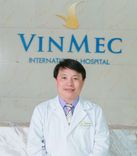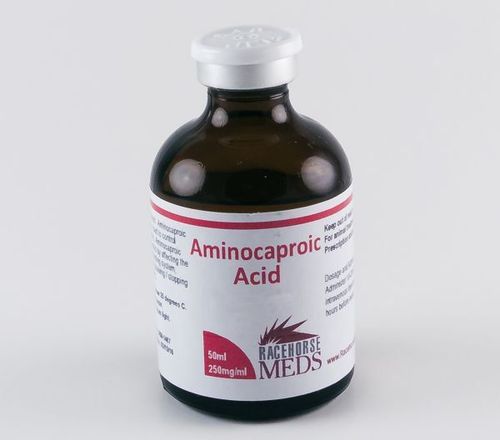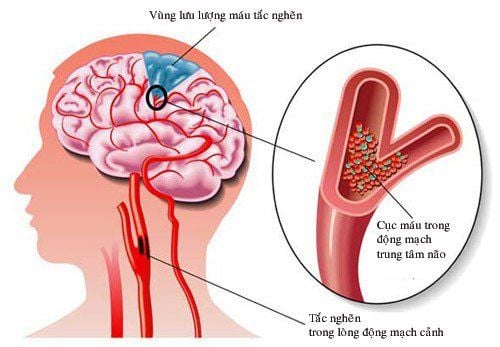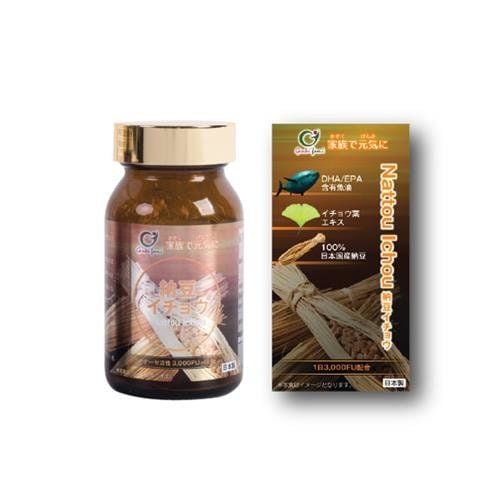This is an automatically translated article.
The article is expertly consulted by Dr. Ton That Tri Dung - Head of Department of Medical Examination & Internal Medicine, Vinmec Danang International Hospital.Cerebral infarction includes pathologies that reduce the circulation of an area of the brain. Cerebral infarction accounts for 80% of stroke causes, if not treated and cared for well, patients may die or become disabled for life, therefore, care for patients with cerebral infarction plays an important role in recovery process after treatment of cerebral infarction.
1. What is cerebral infarction?
Cerebral infarction includes pathological processes that reduce cerebral blood flow due to occlusion, narrowing of cerebral vessels or hypotension. Areas of the brain with prolonged cerebral ischemia will be necrotic due to lack of oxygen and glucose. Infarction accounts for about 80% of strokes, and the remaining 20% of strokes are bleeding in the brain. Infarction can be recognized by four FAST words:
Face (face): One side of the face does not move when smiling or baring teeth. Arm (hand): One arm is weaker than the other when raising the arms. Speech: slurred speech, silence or incorrect word usage. Time: Call 911 immediately and keep in mind the time when symptoms started to appear. Brain stroke due to cerebral infarction, if not detected and handled promptly, can threaten the patient's life, or cause serious consequences such as slurred speech, distorted mouth, difficulty in movement, loss of consciousness. awake, paralyzed... To help stroke patients have a chance to give first aid success, it is necessary to remember the "golden time", counting from the time when symptoms appear. The golden period for brain stroke treatment is from 3 to 5 hours, from outside 5 to 9 hours is the period of "twilight". After the above period, the treatment methods will not be optimal and the ability to recover from a stroke due to cerebral infarction is very difficult.
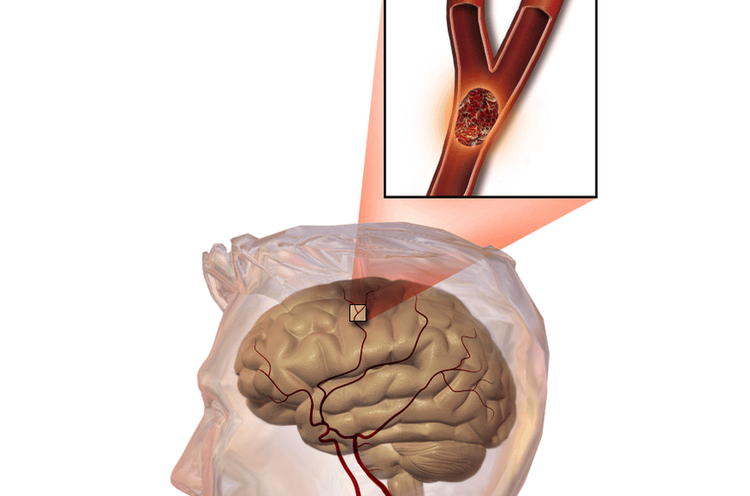
2. Recoverability after cerebral infarction treatment
Depending on the severity of the disease, the recovery time will vary. Mild cases, partial paralysis and patients at a young age will have a higher recovery rate than patients with total paralysis. If the patient's condition has broken blood vessels in the brain, the elderly ... then the possibility of recovery is very low.
The mortality rate due to cerebral infarction is about 15-20%. In order to increase the chances of survival, patients need to be treated early in the "golden period" with treatment methods such as fibrinolysis, endovascular intervention... Depending on the cause of the disease, there will be treatment. suitable. For example, in case of high blood pressure, blood pressure control will be combined with active resuscitation, in case of stroke due to loss of blood vessel, endovascular intervention or surgery will be required.
30% of patients with cerebral hemorrhage can walk, regain health, 30% of patients are disabled for life. The ability to recover 100% of a cerebrovascular accident is very difficult, but if the patient is properly cared for, combined with physical therapy and treatment as directed by the doctor, the patient can recover. 90 - 95%.
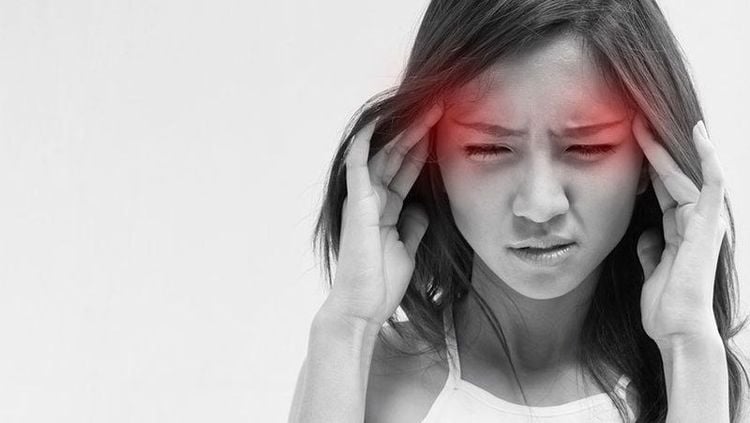
3. Common sequelae of cerebral infarction
Cerebral infarction causes brain damage, leaving many dangerous sequels to health such as:
Motor paralysis: Motor paralysis includes hemiplegia, whole body paralysis or paralysis of the legs and arms... The following sequelae Cerebral stroke caused by cerebral infarction causes the patient to have mobility paralysis, all activities, eating becomes difficult and has to depend on family members. Therefore, the care of patients with cerebral infarction plays a very important role. Lying in one place for a long time due to motor paralysis can cause the patient to have skin ulcers, respiratory and urinary tract infections...
Language disorders: Cerebrovascular accident can cause the patient to have speech disorders. , slurred speech, incorrect words, and even inability to speak due to damaged areas of the brain that have language functions.
Cognitive decline: The dangerous sequelae of cerebral infarction are memory loss, impaired perception of surrounding problems. Cognitive decline can prevent people from doing intellectually demanding tasks as they once did.
Blurred vision: After a cerebrovascular accident, many patients have blurred vision in one eye or both eyes, if not treated, blurred vision can be a sign of visual disturbances after the stroke.
Urinary disorders: After a stroke, many patients experience urinary incontinence. Family members need to pay attention to take care to prevent urinary tract infections and keep the patient's body clean.
3. Care after treatment of cerebral infarction
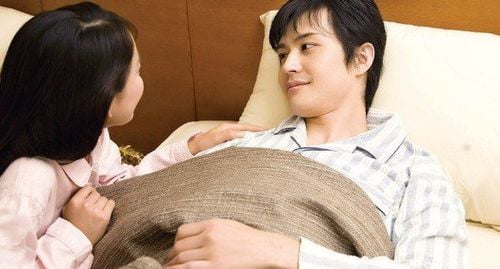
The care of patients with cerebral infarction should pay attention to issues such as: Psychological care, Hygiene care and nutritional care so that the recovery process after cerebral infarction treatment achieves the best results.
3.1 Psychological care After a brain stroke, many patients have to deal with motor paralysis, language disorders, etc., causing the patient to be anxious, tired, and bored. They have to depend on others for daily activities, so they often feel guilty and feel useless.
To help patients be more optimistic and happier, family members play an extremely important role. Caregivers of cerebral infarction patients need to encourage and support patients to take care of themselves, and can use some tools to help patients eat and clean themselves. This will help the person feel less dependent and more helpful in being able to meet their own needs.
3.2 Nutritional care In addition to daily care, the nutrition of patients with cerebral infarction is very important to help them heal quickly and prevent recurrence. If possible, family and relatives can invite a nutritionist to examine and calculate the patient's daily nutritional needs. From there, build a suitable diet, ensuring enough energy for the patient and easy to digest, without affecting the disease.
In case it is not possible to invite a nutritionist, the caregiver of a cerebral infarction patient can give the patient a reasonable nutritional diet, including three main meals and snacks. Calorie intake from 1000 - 1500 per day. In the composition of each meal, it is necessary to meet enough nutrients and vitamins. Note that the patient should eat just enough, do not force the patient to eat too much, and should change the food every day.
3.3 Hygiene care Because the patient has to stay in one place for too long, in addition, he has to face other sequels such as: motor paralysis, urinary disorders... so the patient's hygiene care needs to be taken care of. Cerebral infarction plays a particularly important role.
It is necessary to keep the patient's skin clean and dry to avoid sores and reduce the risk of infection. Caregivers of a heart attack patient can massage and move the patient to get the blood circulating.
Diapers with breathable bottom membrane can be used in cases where the patient is bedridden and unable to urinate independently. When using diapers, you can use extra pads to prevent overflow.
When bathing, personal hygiene for the sick person should be done in an airtight room, warm temperature, less slippery floor, warm water from 37-45 degrees. Bath time is from 5-7 minutes and do not shower at night.
Vinmec Da Nang Hospital is currently applying the treatment of cerebral infarction by mechanical thrombectomy with a success rate of over 95%, complications of less than 5%.
The hospital is equipped with superior equipment, serving the interventional technique to remove cerebral artery thrombosis such as: DSA GE, MRI 3.0, CT 640 ranges, especially CTP that other hospitals do not have.
The team includes leading doctors and teams in the region including:
Doctor, Doctor Ton That Tri Dung: Has nearly 30 years of experience in stroke neurology with many awards in scientific research. . Particularly for cerebral vascular intervention, the doctor has performed for 6 years and every year takes pictures and intervenes about 480 - 500 cases. Master, Doctor Huynh An Thien: Has strength and experience in examination, consultation and treatment of neurological diseases; respiratory and endocrine-metabolic diseases. Master, Doctor Nguyen Thanh Nam: Former Lecturer in Diagnostic Imaging, Hue University of Medicine and Pharmacy with good English and Russian skills and over 10 years of experience in the fields of Diagnostic Imaging.
Please dial HOTLINE for more information or register for an appointment HERE. Download MyVinmec app to make appointments faster and to manage your bookings easily.
